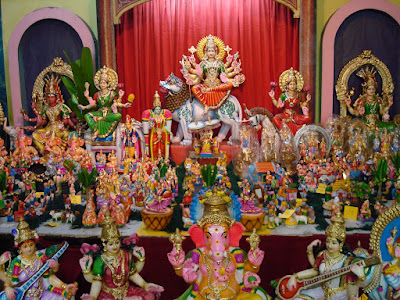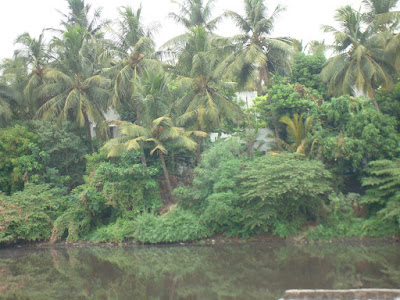Sports meet
For a huge majority of Chennai residents, the only connection with a stadium would have been the Rajarathnam Stadium, on Rukmini Lakshmipathy Road (Marshalls Road). Its location makes it a very convenient venue to host a variety of events, including many that have only a tenuous connection to any kind of sport. Selection drills for the Fire Services, award of best performance in Anti-Tobacco program, distribution of vehicles to local government bodies - Rajarathnam Stadium has hosted all such events without batting an eyelid.
Having said all that, nobody from Chennai with any pretentions of being an athlete can ignore this stadium. With most schools not having enough space to conduct a full-fledged sports meet, this stadium has for long been first choice for such activities. It is almost the default venue for any inter-school, inter-college or inter-university track-and-field competition being held in Chennai. Indeed, for a very long while, it was the only one available for such pursuits. On a rare day when there was no event being held in the stadium, it would be filled with several marginal sportspersons - all those who got into various government and quasi-government institutions on the 'sports quota', needing to put in those hours of practice needed to maintain their 'sports quota' presence.
The red-clay track at this stadium has seen some really serious rivalries over the years, between various schools and colleges in the city. These days, one doesn't get to hear about them - either their 'news value' of such events has lessened or the events themselves have; and I do hope it is only the former!






































